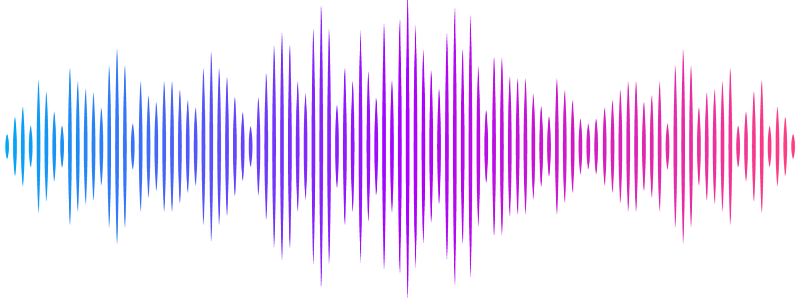Human erythroid progenitors express antigen presentation machinery

Human erythroid progenitors express antigen presentation machinery
Clements, R. L.; Kennedy, E. A.; Song, D.; Campbell, A.; An, H. H.; Amses, K. R.; Miller-Ensminger, T.; Addison, M. M.; Eisenlohr, L. C.; Chou, S. T.; Jurado, K. A.
AbstractEarly-life immune exposures can profoundly impact lifelong health. However, functional mechanisms underlying fetal immune development remain incomplete. Erythrocytes are not typically considered active immune mediators, primarily because erythroid precursors discard their organelles as they mature, thus losing the ability to alter gene expression in response to stimuli. Erythroid progenitors and precursors circulate in human fetuses and neonates. Although there is limited evidence that erythroid precursors are immunomodulatory, our understanding of the underlying mechanisms remains inadequate. To define the immunobiological role of fetal and perinatal erythroid progenitors and precursors, we analyzed single cell RNA-sequencing data and found that transcriptomics support erythroid progenitors as putative immune mediators. Unexpectedly, we discovered that human erythroid progenitors constitutively express Major Histocompatibility Complex (MHC) class II antigen processing and presentation machinery, which are hallmarks of specialized antigen presenting immune cells. Furthermore, we demonstrate that erythroid progenitors internalize and cleave foreign proteins into peptide antigens. Unlike conventional antigen presenting cells, erythroid progenitors express atypical costimulatory molecules and immunoregulatory cytokines that direct the development of regulatory T cells, which are critical for establishing maternal-fetal tolerance. Expression of MHC II in definitive erythroid progenitors begins during the second trimester, coinciding with the appearance of mature T cells in the fetus, and is absent in primitive progenitors. Lastly, we demonstrate physical and molecular interaction potential of erythroid progenitors and T cells in the fetal liver. Our findings shed light on a unique orchestrator of fetal immunity and provide insight into the mechanisms by which erythroid cells contribute to host defense.


